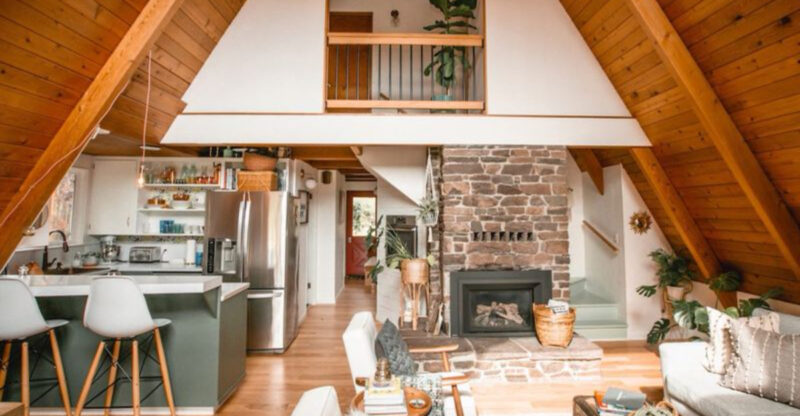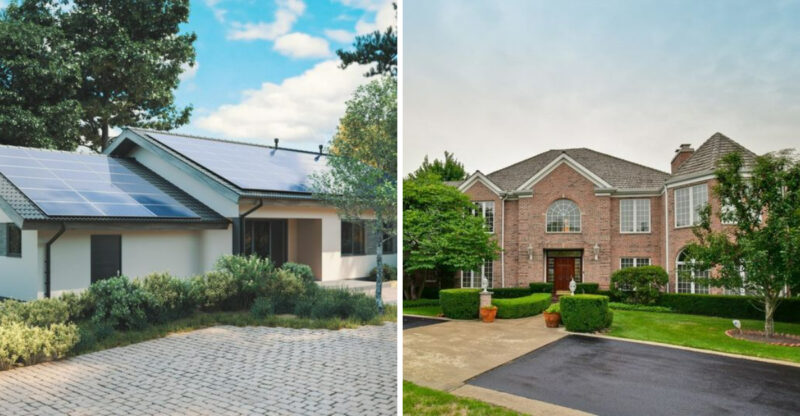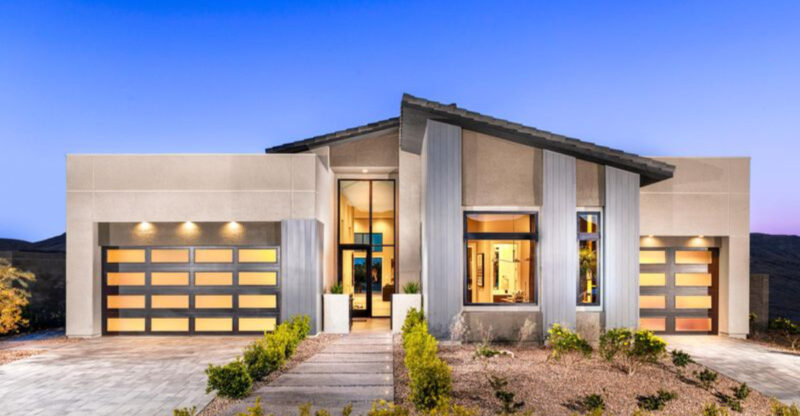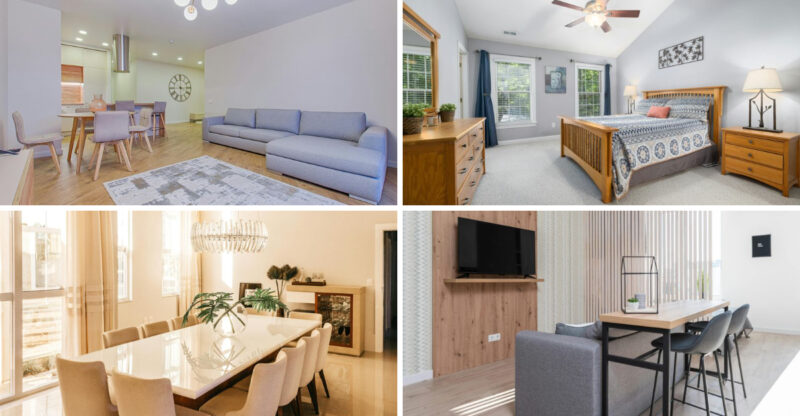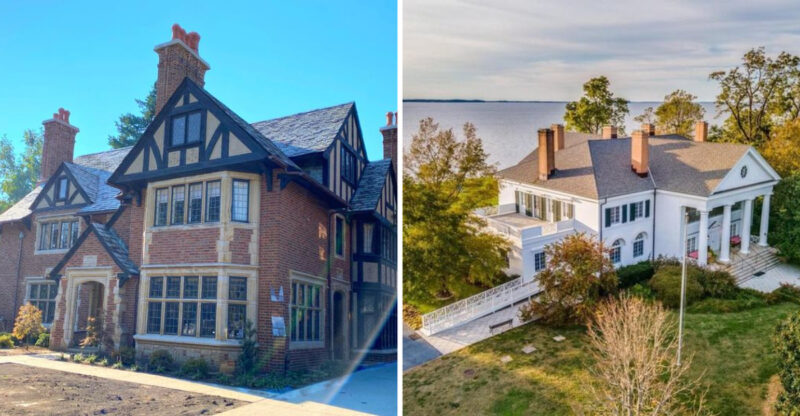Smart Home Features That Might Not Appeal To Buyers
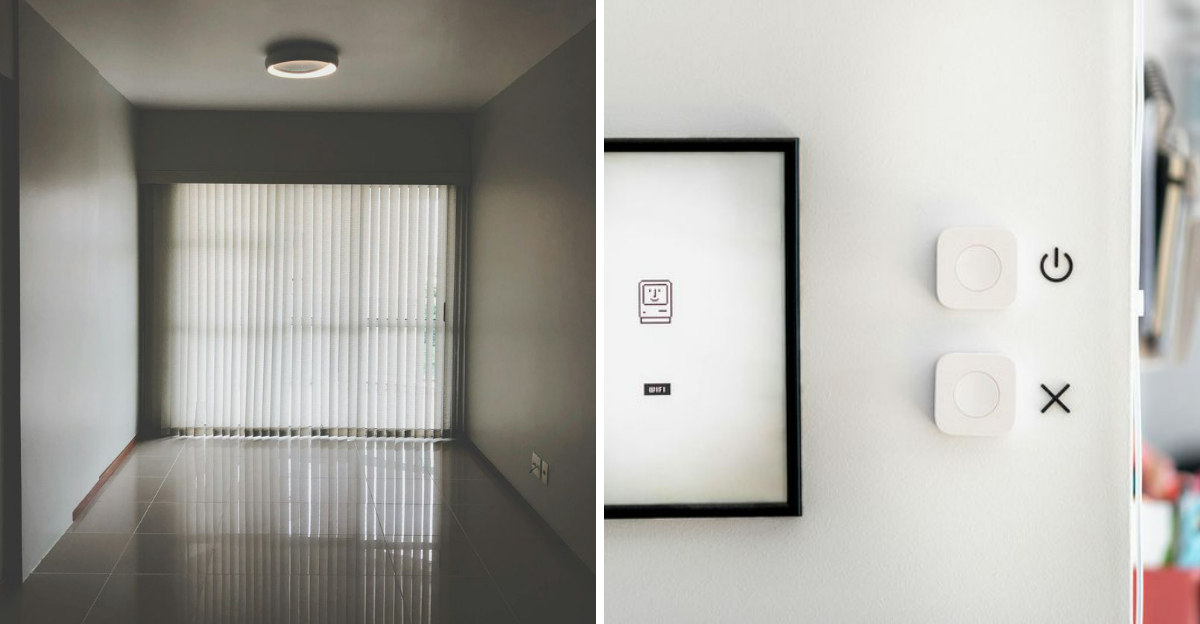
Smart home technology has changed the way we live, offering everything from voice-activated lighting to app-controlled security. These features can bring convenience and efficiency, but not all of them are equally appealing to buyers. Some high-tech additions might deter certain prospects or not deliver the return on investment you hope for.
The insights in this article are general observations, impact may vary depending on buyer preferences, market trends, and technology adoption.
1. Overly Complex Control Systems
Many homeowners install elaborate control hubs requiring multiple apps and specialized knowledge. For tech-averse buyers, these systems represent a learning curve they’d rather avoid. The thought of needing an instruction manual to operate basic home functions can be overwhelming.
Simpler is often better when it comes to home technology that will appeal to the widest audience. Systems requiring constant updates or technical troubleshooting might make potential buyers wonder if they’re buying a home or signing up for an unpaid IT position.
2. Voice-Activated Everything
While shouting commands at your appliances might feel futuristic, many homebuyers have privacy concerns about always-listening devices. The novelty of voice control quickly fades when you realize these systems are constantly monitoring for their wake words.
Privacy-conscious buyers may see these features as surveillance risks rather than conveniences. Additionally, voice recognition technology still struggles with accents, background noise, and multiple users, leading to frustration when the system repeatedly fails to understand commands.
3. High-Maintenance Smart Appliances
Refrigerators with touchscreens and internet connectivity sound impressive but often create more problems than they solve. When these complex appliances malfunction, repairs typically cost more and require specialized technicians who are harder to find.
The lifespan of tech-heavy appliances tends to be shorter than their simpler counterparts. Buyers might calculate the replacement costs and ongoing subscription fees associated with these gadgets and decide they’re not worth the investment, especially when basic models perform the essential functions just as well.
4. Automated Window Treatments
Motorized blinds and curtains that operate on schedules might seem like the height of luxury, but they come with practical drawbacks. Power outages render these systems useless, and mechanical failures can leave windows permanently covered or exposed.
Battery-operated versions require regular maintenance and replacement. The motors can be noisy, disrupting peaceful moments at home. For many buyers, the convenience of pressing a button instead of pulling a cord doesn’t justify the significant price premium and potential headaches these systems introduce.
5. Excessive Lighting Automation
Color-changing bulbs and elaborate lighting scenes look fantastic in demonstrations but often go unused in daily life. After the initial programming, many homeowners default to simple on/off patterns, making the premium features a wasted investment.
Complicated lighting systems can confuse guests and frustrate babysitters or house-sitters. Each room might have different controls or require smartphone access. For many potential buyers, the prospect of reprogramming an entire home’s lighting preferences seems daunting rather than desirable.


